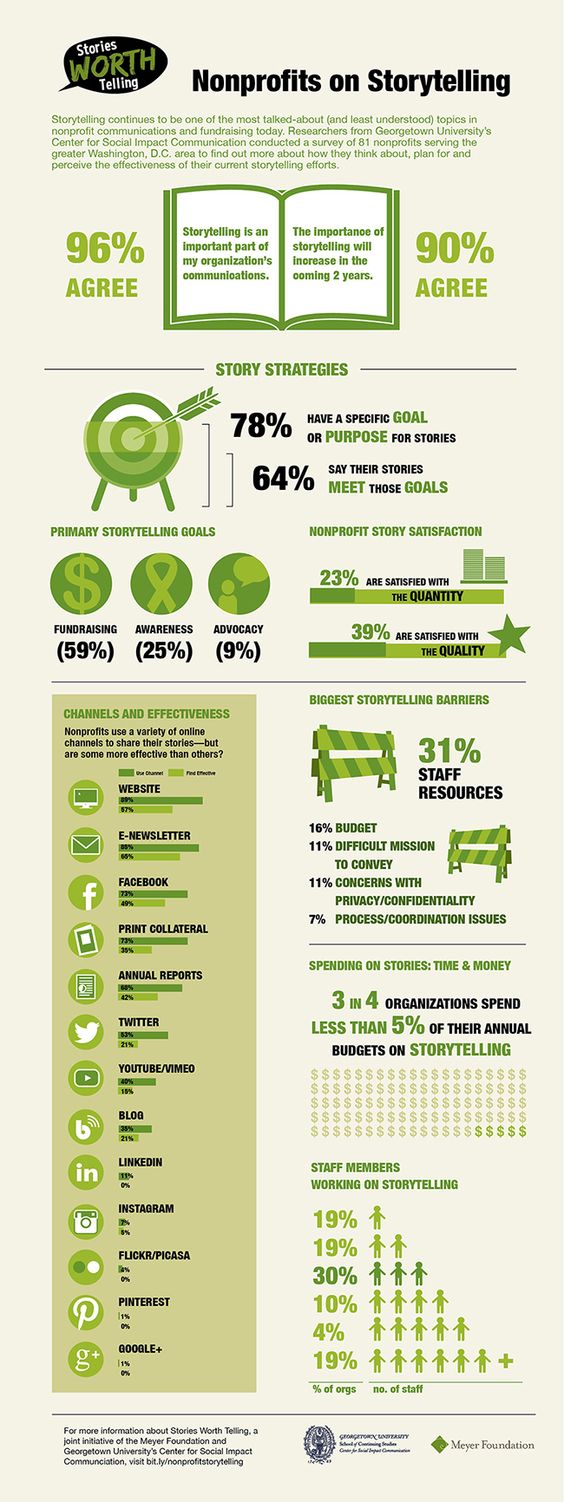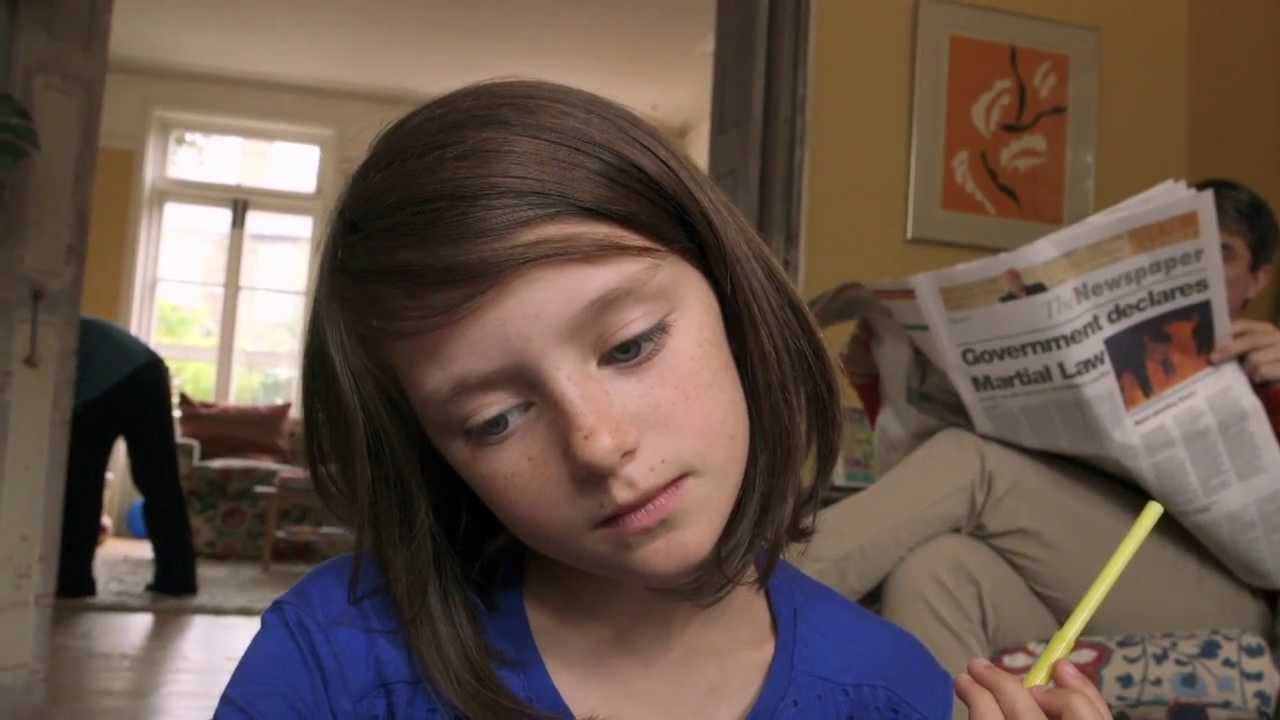How To Create The Right Niche Positioning Strategy
Niche marketing is a targeted marketing plan that focuses on one particular section of the market that has high potential to connect with a product or service. Instead of casting a wide net in mass-media and large-event marketing, niche marketing zeroes in on strategically selected venues and media platforms that have high concentrations of these targeted consumers.
Niche Marketing Strategies (according to marketing-schools.org):
- Word-of-Mouth Campaigns: These campaigns rely more on conversations among consumers than advertising or marketing materials touting the product or service. Brand exposure is low key and subtle, such as sponsorship or giveaways at events or establishments frequented by the niche market. As a result, these campaigns take longer to develop and yield results, but the returns can be extremely high, given that word-of-mouth recommendations generally carry a lot of weight with consumers.
- Trusted-Messenger/Endorsement Campaigns: This strategy hinges on finding a few key influencers in the niche market and enlisting them as spokespersons on behalf of a product or service. An example of this strategy would to hire Wilford Brimley (a longtime actor who is known and loved by many senior citizens) as spokesperson for medical products used frequently by the elderly. The success of these campaigns is highly contingent on the credibility of the spokesperson and the sincerity with which the endorsement is delivered.
- Targeted Collateral Campaigns: This strategy relies on consistent brand exposure to the targeted Niche Market. Just about any radio station that plays a niche type of music (alternative, country & western, or classical, for example) that appeals to a certain audience will employ targeted collateral campaigns. They might distribute collateral and attend concerts by artists played frequently on their station, or advertise in local music/entertainment publications.
Choosing your niche positioning is one of the hardest decisions a business can take, as the dimension of the market you are entering on is very important.
Evaluate your target markets under several criteria. First and foremost, define and size the market. If it’s too broad, it’s not really a niche. If it’s too small, you will plateau very quickly. At the same time, examine the barriers to entry. If anyone can enter the market, it will be very hard to sustain a competitive advantage. Select niches that require an investment, both in time and dollars, because that will keep others out. – stickybranding.com
More that than, the niche chosen should take the account the field you are specialized on and have the best expertize to offer to your consumers. Your ability to service your niche and create sustained competitive advantage will come from your operations versus marketing. When customers seek out a specialist they have high expectations. And your business and services must reflect that reality.
Positioning involves also the followings taken steps: identifying the organisation’s or brands possible competitive advantage, deciding on those that are to be emphasized and implementing the positioning concept.
At the same time, don’t forget about the key factors that make you and your brand/company special and different on the market. They must always be in top of your communication and strategy plan.
How to create an online storytelling campaign for an NGO
“Storytelling is how humans communicate with each other, the way that we make sense of complex information, and how we relay our experiences to others. Nonprofit storytelling can motivate people to pay attention and take action. Emotional, appealing stories can build an online audience for your nonprofit,” wrote TheBalance.

Videos allow you to combine your dynamic story with emotion to create a connection with your audience that words and photos cannot build. Emotion is your main asset to use. Moreover, organizations can convey impact in a way that engages and inspires donors by persistently telling stories.Through storytelling, nonprofit organizations can harness the power of emotion to make a connection with donors that inspires action.
According to thebalance.com, a storytelling campaign has three phases: planning, implementation, and evaluation. In the planning stage, you need to articulate the goal of the storytelling campaign clearly. “Design each campaign for a defined purpose and to accomplish a specific goal. You may need to carry out multiple storytelling campaigns per month to achieve your goal, or perhaps just one per quarter, depending on your resources. Once you define the action that you want people to take, you can determine who is most likely to take that action, and the emotional storytelling hooks to get them to do so.”
The next steps are selecting your audience and making sure that the story is true and it fits the audience’s expectations and realities. There are five main types of stories that nonprofits can collect and develop — value stories, social proof stories, founder stories, resilience/continuous improvement stories, and impact stories. After deciding that you must collect the necessary pieces of information to create the right campaign, choose the right channels to whom to send it and promote it,create it, share it and evaluate it. More details you can find here.
“Because e-mail is a great way to engage supporters who might not regularly visit your website, you can use it to hook supporters into your story and prompt further action, without it feeling like you’re asking for donations at every point of communication. Use e-mail as an opportunity to invite readers to be the hero of your organization’s mission. Layer in visuals: With the average person’s attention span maxing out at 8 seconds, you can’t afford to deliver a novel to people’s inboxes. Instead, think of your story as a short picture book. This email is such a great example because it injects an image after every couple sentences. Break up blocks of text with visuals to keep readers engaged and keep your copy clear, simple and concise,” wrote classy.org.
More ideas and pieces of advice you can find also here.
